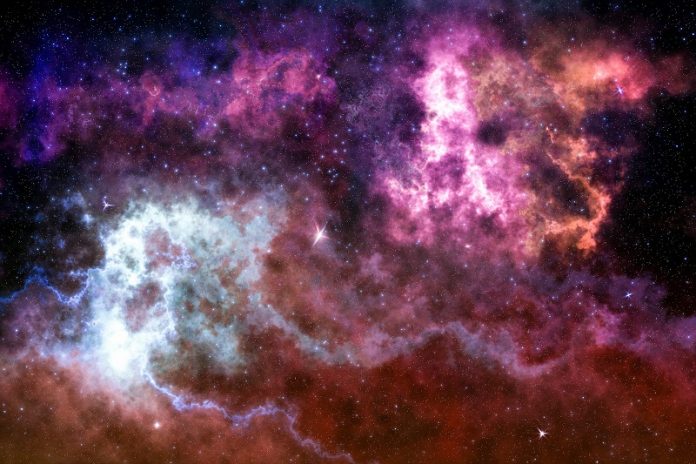
It might seem like a simple question: where is the center of the universe?
But the answer is far from simple—and it’s not what most people expect.
For many years, even Albert Einstein believed the universe was static, meaning it had always stayed the same size and shape.
His famous theory of general relativity, published in 1915, seemed to support that idea.
But when astronomers looked deeper into space with powerful telescopes, they saw that distant galaxies were moving away from us. This meant the universe wasn’t standing still—it was expanding.
At first, this seemed like a contradiction. But scientists quickly realized that Einstein’s equations actually allowed for an expanding universe. Using his math, they created models showing that the universe could change and grow over time.
Today, we know the universe is indeed expanding—and has been ever since the Big Bang about 13.8 billion years ago.
But this leads to a confusing thought: if the universe is expanding, what’s it expanding into, and where did it start? Is there a center, like the middle of an explosion?
That’s where things get tricky. It’s natural to imagine the Big Bang as an explosion from a single point, with galaxies flying outward in all directions. But that’s not quite right. It’s not that galaxies are flying through space away from some central spot. Instead, space itself is stretching, carrying the galaxies along with it.
Imagine the universe as the surface of a balloon with tiny dots drawn on it. As the balloon inflates, the dots get farther apart—not because the dots are moving, but because the balloon’s surface is stretching. In this example, the dots are like galaxies, and the surface of the balloon is like space itself. The dots don’t move across the balloon—they stay in place, but the space between them expands.
This also means there’s no center on the balloon’s surface. You can walk in any direction forever and never find a special central point.
The same idea applies to our universe. There’s no center of expansion. Every point in the universe sees other galaxies moving away, just like we do from Earth. So in a way, everywhere is the center—and nowhere is.
The balloon analogy isn’t perfect. The balloon is a two-dimensional surface in our three-dimensional world. But the universe isn’t expanding into anything else—it’s all there is. And unlike the balloon, which expands into the air around it, the universe has no “outside.” The expansion happens within the universe itself.
Even more mind-bending is the fact that the universe exists in four dimensions: three of space and one of time. Together, they form what physicists call space-time. Our everyday experience separates space and time, but in the universe, they’re woven together. This makes the behavior of the cosmos very different from what we expect.
So, where is the center of the universe? There isn’t one. The universe is expanding everywhere, all at once.
It’s not growing from a central point—it’s growing from every point. That may feel hard to picture, but it’s one of the most beautiful and humbling truths in modern science. The more we learn about the universe, the more we realize just how strange—and amazing—it really is.



